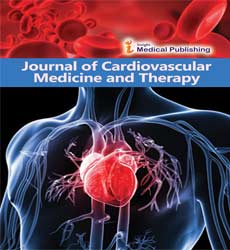Rationalising the design of hydrogel-based orally controlled drug delivery systems for biopharmaceuticals based on the glass transition temperature concept
Abstract
Recent advances in developing and applying therapeutic peptides such as anticancer, antimicrobial, and immunomodulatory remedies have opened a new era for new therapeutics. This notable expansion is encouraged by the current knowledge concerning bioactive peptides' cell signalling and mechanisms of action, in addition to the engineering of many new and curative biomolecules as part of a robust pharmaceutical industry. Concurrently, many alternative routes of administration and delivery vehicles targeting better patient compliance and optimal therapeutic bioavailability have emerged. However, the design of advanced drug delivery systems for oral administration of unstable large molecules of remedial proteins remains a priority. Furthermore, it is crucial to consider the therapeutic’s stability and potential degradability due to high temperatures during storage and transport, in addition to exposure to harsh acidic conditions of the gastric environment. Other impediments to considering include low solubility, a limiting transfer through biological membranes, and toxicity. Here, we summarise how key physicochemical characteristics of hydrogels contribute to developing advanced and protective controlled chronospatial systemic drug delivery systems for biopharmaceuticals.
Open Access Journals
- Aquaculture & Veterinary Science
- Chemistry & Chemical Sciences
- Clinical Sciences
- Engineering
- General Science
- Genetics & Molecular Biology
- Health Care & Nursing
- Immunology & Microbiology
- Materials Science
- Mathematics & Physics
- Medical Sciences
- Neurology & Psychiatry
- Oncology & Cancer Science
- Pharmaceutical Sciences
